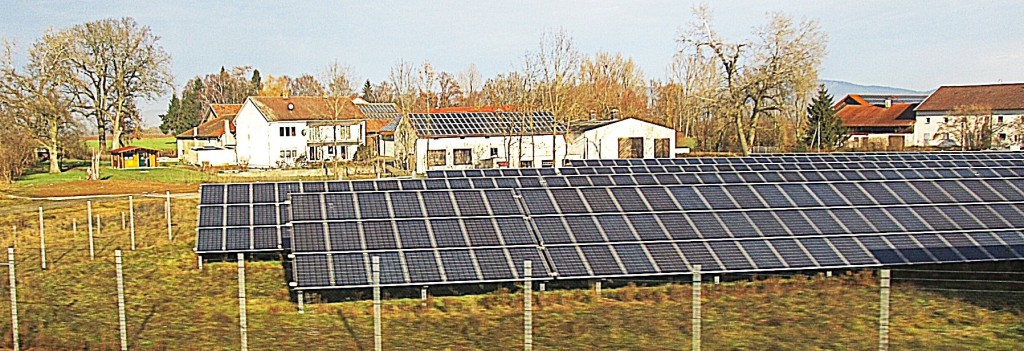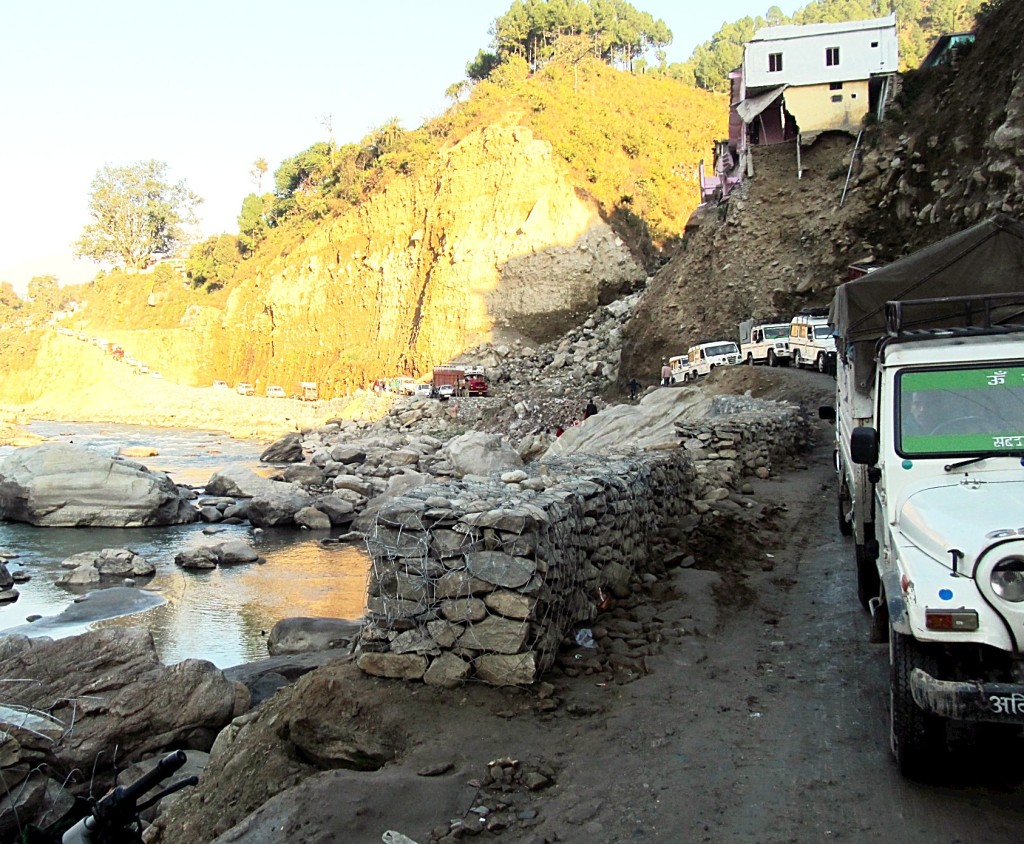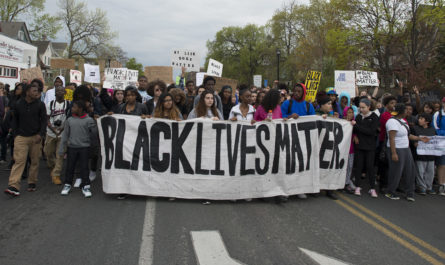
PRAGUE — City Square erupted at the start of the 2014 New Year with a deafening and blazing midnight fusilade of rockets and cannon blasts. The air filled with spent gunpowder and smoke so dense the brilliance of the firebursts was obscured. The Czech crowds, so slim and young and dressed in chic leather and spiked heels, cheered with the joy and lusty charm that comes with political security and social success.
This 1,000-year-old river city of 1.3 million, the capital of a first generation democracy founded in 1989, is a swirl of light and modern efficiency. Trams speed through narrow streets paved with square stones the size of Rubik cubes. Malls stir with shoppers hunting post-Christmas bargains. Cafes offer all manner of cheese, beer, bread, booze, and sweets. The sidewalks are filled with children in bright coats and knit caps running to keep pace with their parents.
The mood in the Czech Republic is so plainly defined by the satisfaction of building from the economic mustiness of Soviet repression a nation that is prosperous, clean, and among the world’s safest and best educated. Less than two generations ago bullet holes were still visible on the walls of Prague’s historic buildings. Adults huddled in attics, speaking in hushed voices with only their most trusted friends, if the subject was politics.
Prague, and the rest of this beautiful country of 10.5 million residents, provides welcome evidence of the capacity of people to agree on shared but difficult goals, and work together to achieve them. Prague represents needed hope for humanity’s ability to manage its affairs in a way that produces order from disorder, recognizes opportunity in changing circumstances, and responds responsibly to all manner of economic and ecological transition.
In neighboring Germany, there is more evidence such progress is possible. Germany is in the midst of a third industrial revolution fueled by its lower-polluting, water-conserving renewable energy sector. Almost 20 percent of the 600 terra-watt hours of electricity that Germany generates annually is supplied by power from wind, solar, water, biomass, and municipal waste. Germany’s photovoltaic solar sector alone accounts for 24,000 megawatts of generating capacity, and almost 20 terra-watt hours of electricity production. Power produced from coal-fired stations has dropped to 40 percent of Germany’s electricity supply.
And while solar yields three to five percent of Germany’s electricity production (depending on the season), that 24,000 megawatts of generating capacity is more power produced from the sun than in all of the rest of the world combined. And it’s happened very quickly. Because utilities are required to buy solar power from producers, including individual homeowners, banks of photovoltaic panels are bolted to the roofs of barns, big box stores, schools, and homes across the country.

As a journalist who’s now spending months each year overseas reporting on the fierce global contest for energy, grain, and water in the era of a fast-changing climate, the examples of human progress on display in the Czech Republic and in Germany are encouraging. So too, is what Ontario, Canada completed this year — a decade of policy change that has ended coal-fired power generation.
But these examples aren’t the norm.
The mainstream of political and economic pursuit is more commonly defined by what’s occurring In my own country. A dangerous, fossil industry-financed insurgency has taken command of policy-making in Washington and in dozens of states. It promotes the politics and economics of austerity, producing sharp reductions in public investment for education, transport, research, and regulation — the core ingredients of the formula for progress.
In the late decades of the 20th century, the United States set the standard for agreeing to and achieving its ambitions — putting a man on the moon, building a nationwide superhighway network, constructing the world’s best research universities and national laboratories, developing and enforcing an environmental protection program that enhanced economic growth, approving legislation that ensured civil rights, women’s rights, gay rights.
Today Americans agree on nothing. We have no national goals other than stasis and defunding the government. On the left, an energy revolution that generates good-paying jobs and has helped to reduce water pollution and climate-changing emissions from coal-fired plants, by producing cleaner burning natural gas, is seen as a grievous national threat that merits federal and state bans on the fracking techniques that make the development possible. The right, meanwhile, views as a scientific hoax the evidence that climate change is amplifying the ever-fiercer cavalcade of storms, droughts, floods, hurricanes, and tornadoes that are producing rising death tolls and tens of billions of dollars in damage.
I’ve reported from the front lines of the global confrontation over resources in Australia, Canada, China, India, Mongolia, the Philippines, the Persian Gulf, and Europe. What I’ve found is that the Earth is pushing back hard. More people, and their homes and businesses, are in risky areas. More energy installations and infrastructure – power plants, mines, transmission lines, dams, production platforms — are in more vulnerable places. Floods, droughts, storms are producing more powerful collisions between energy production and water supply, resulting in costly damage to life, property, and national economies.
Two weeks ago, for instance, I was in the Himalaya region to report on the effects of a fierce June flood on India’s hydroelectric development. The flood, the worst in India’s modern history, killed at least 30,000 people and washed away one new hydroelectric dam, buried a second under 30 meters of rubble, battered a third with boulders the size of houses, and crippled a fourth by inundating a brand new turbine powerhouse in mud and grit. In interviews, India’s power authorities dismissed the flood as a “once in a 100-year event” that wouldn’t prompt changes in dam design, location, or in hydroelectric policy. But just as the 1979 nuclear accident at the Three Mile Island generating plant altered America’s romance with the atom as a source of electricity — I covered the TMI accident as a young reporter — it is clear that the India flood raises important questions about the safety of relying on the steep Himalayan canyons and unpredictably turbulent rivers for significant hydropower development.
Indeed, the Indian government’s initial response to the deadly and damaging flood is shared by nearly every other government. Our governing systems bypass the many warnings and still principally function in one gear — move forward. Build more. Use more.
Clearly that is not a sufficient response. But it reflects what people think and want. Our various governing systems are not yet capable of accepting and acting on the planet’s new market signals — rising food and energy prices, falling incomes, huge financial costs of natural disasters — most of them shaped by unyielding global ecological trends.
The big problem with that is the Earth doesn’t care. It’s more powerful than we are. So the 21st century is shaping up to be a momentous era of reckoning for the global economy and the human community. Our challenge is clearly evident. How will nations position their economies — fueled by their thirsty energy sectors, driven by increasing demand for food, parched by diminishing freshwater reserves — to function effectively under very new and different ecological conditions?
It’s the popular view in government and journalistic circles that the resource crisis taking shape is driven by scarcity. But I’ve found that the more perilous problem is abundance — an abundance of people. An abundance of human indulgence. An abundance of self-importance. An abundance of delusion and denial.
Actually, the most dangerous shortages confronting humanity are courage, innovation, collaboration, and leadership.
Humanity will respond with intelligence and reason at some point. I have no doubt. Why? Because we have no other choice. The Earth doesn’t care. It’s groaning and lashing us hard. People and their nations are just now actively grasping the peril we confront.
As in the Czech Republic, Germany, and Ontario, economic and political systems are starting to respond with new technology, conservation, networking, and changing patterns of more efficient energy and water consumption. I see that transition, now a fringe effort in most countries, becoming mainstream. When that change fully occurs my sense is that the fear of change that grips the world will erode sufficiently to repair some of the ecological and social damage, and allow more of the world’s people to lead lives of quality, purpose, and opportunity. On the first day of 2014, let’s get going.
— Keith Schneider




I agree in the declaration that abundance of each and everything makes most problems of our world.
Thank you Mr, Schneider for your volume information.
Gunter Hueller